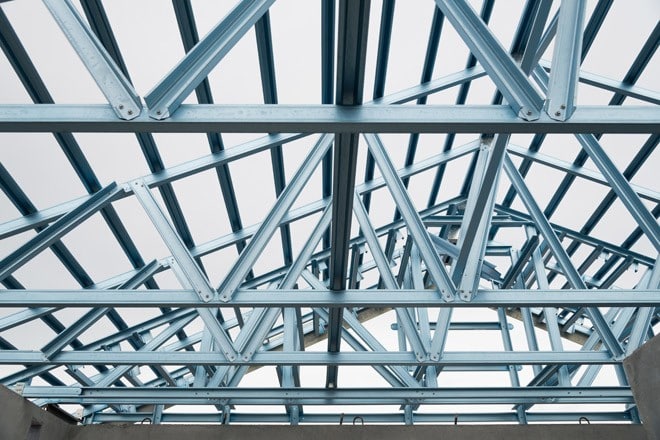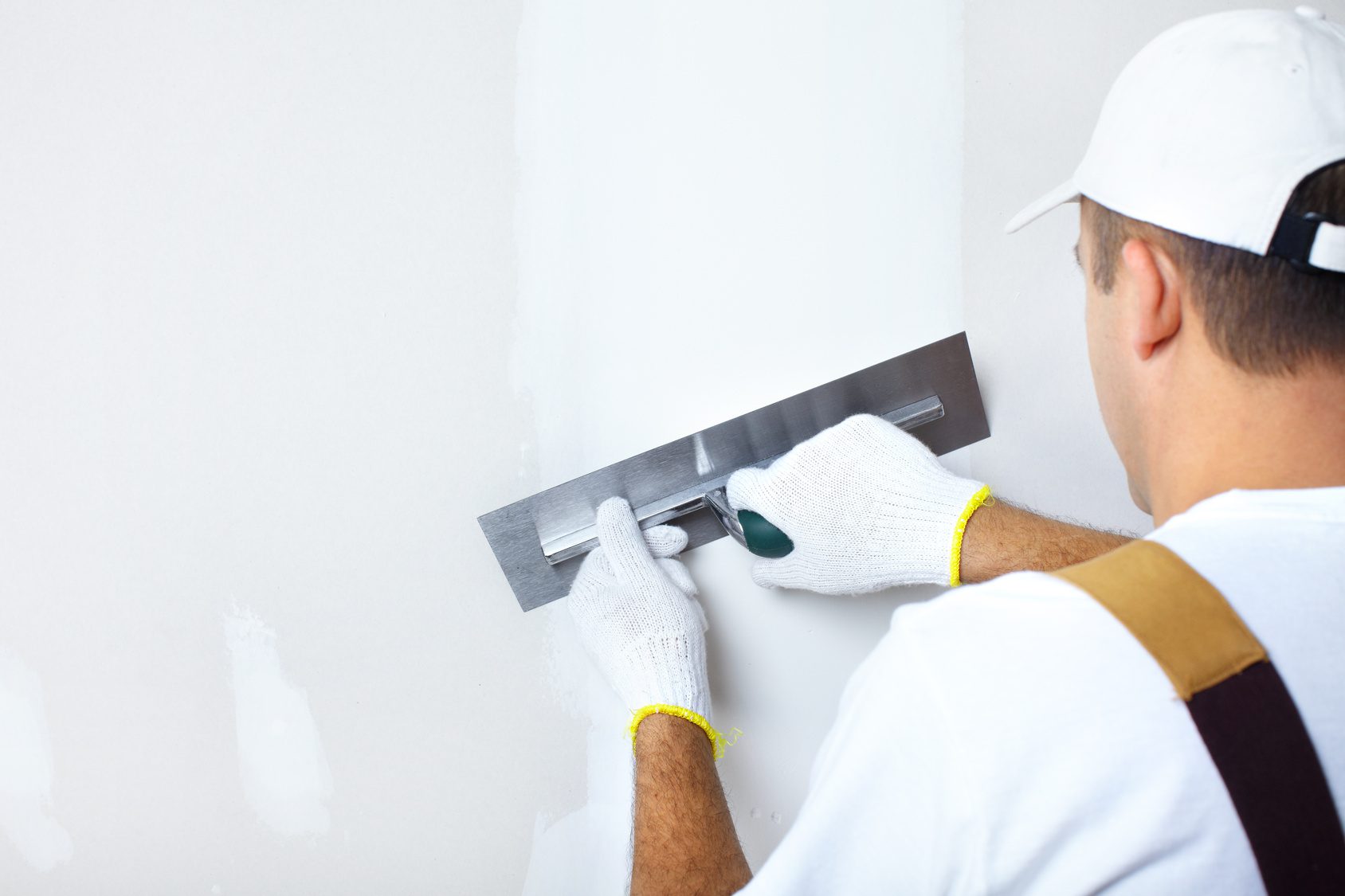Steel framing has emerged as a cornerstone in modern architectural design, revolutionising the construction industry with its versatility, durability, and sustainability. From towering skyscrapers to sleek residential homes, steel framing offers architects and builders an array of benefits that enhance both the aesthetic appeal and structural integrity of buildings. This article delves into the myriad applications of steel framing in contemporary architecture, highlighting its adaptability and transformative impact on the built environment.
Strength and Structural Integrity
One of the most compelling features of steel framing is its exceptional strength-to-weight ratio, which surpasses that of traditional building materials like wood or concrete. Steel’s inherent strength enables architects to design buildings with expansive open spaces, soaring heights, and intricate shapes that would be impractical or impossible with other materials. Moreover, steel’s structural integrity ensures resilience against natural disasters such as earthquakes, hurricanes, and fires, making it an ideal choice for buildings in high-risk areas.
Design Flexibility
Steel framing offers architects unparalleled design flexibility, empowering them to realise their creative visions with precision and efficiency. Unlike conventional building materials, steel can be fabricated into custom shapes and sizes, allowing for the creation of unique architectural forms and geometric patterns. Additionally, steel’s slender profiles and minimalistic aesthetic lend themselves to contemporary design trends, enabling architects to achieve sleek, modern structures that resonate with today’s urban landscape.
Sustainability and Environmental Benefits
In an era of increasing environmental consciousness, steel framing stands out as a sustainable building solution that minimises carbon footprint and promotes eco-friendly construction practices. Steel is widely recycled, with recycled content comprising a significant portion of the material used in construction projects. Furthermore, steel framing systems are prefabricated off-site, reducing construction waste and optimising resource utilisation. By choosing steel framing, architects can contribute to the preservation of natural resources and the reduction of greenhouse gas emissions, making it a preferred choice for sustainable design.
Cost-Efficiency and Time Savings
Beyond its architectural merits, steel framing offers practical advantages in terms of cost-efficiency and construction speed. The streamlined fabrication and assembly process of steel components result in shorter construction timelines, enabling projects to be completed faster and with fewer labor hours. Additionally, steel’s durability and low maintenance requirements translate to long-term cost savings for building owners, making it a financially prudent investment over the lifespan of a structure.
Versatility Across Architectural Typologies
Steel framing finds application across a diverse range of architectural typologies, showcasing its versatility in accommodating varying design requirements and functional needs. In commercial construction, steel-framed skyscrapers dominate city skylines, offering unparalleled height and structural integrity. In residential architecture, steel framing enables the construction of spacious, open-plan homes characterised by clean lines and contemporary aesthetics. Moreover, steel’s adaptability extends to industrial facilities, educational institutions, and cultural landmarks, underscoring its universal appeal in shaping the built environment.
Conclusion
As evidenced by its widespread adoption in modern architecture, steel framing exemplifies the marriage of form and function, combining aesthetic innovation with structural robustness. From iconic landmarks to everyday structures, steel has redefined the possibilities of architectural design, offering architects and builders a versatile and sustainable building solution for the 21st century and beyond. As the architectural landscape continues to evolve, steel framing will undoubtedly remain at the forefront of innovation, shaping the skylines of tomorrow with its enduring strength and timeless elegance.



